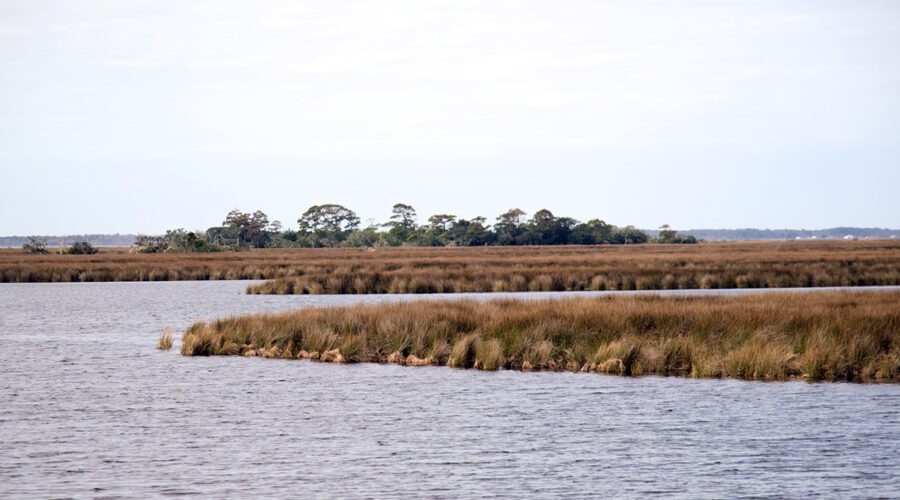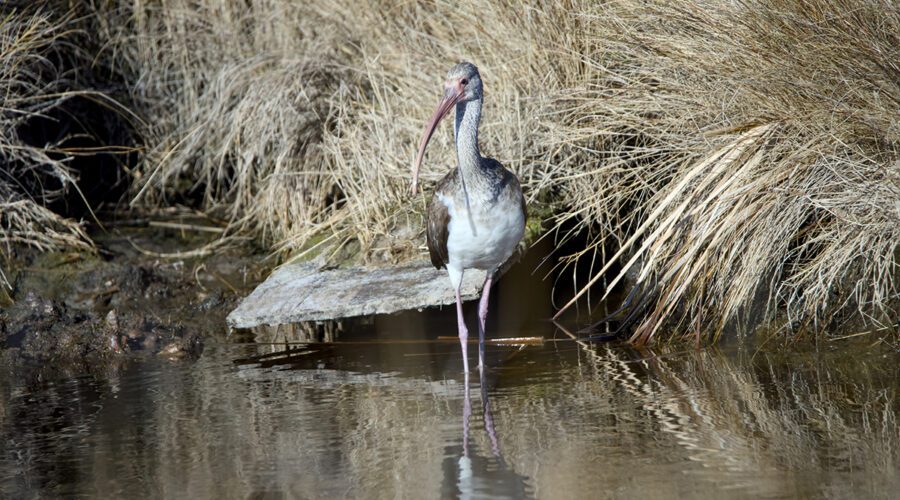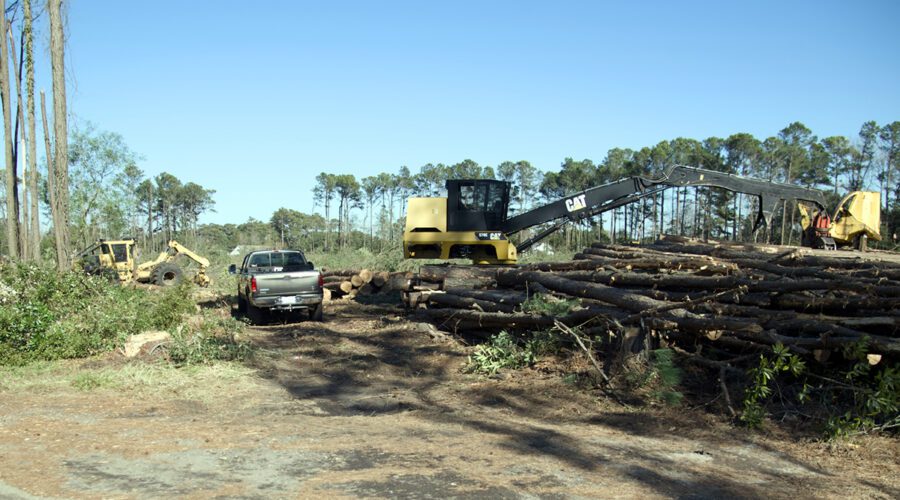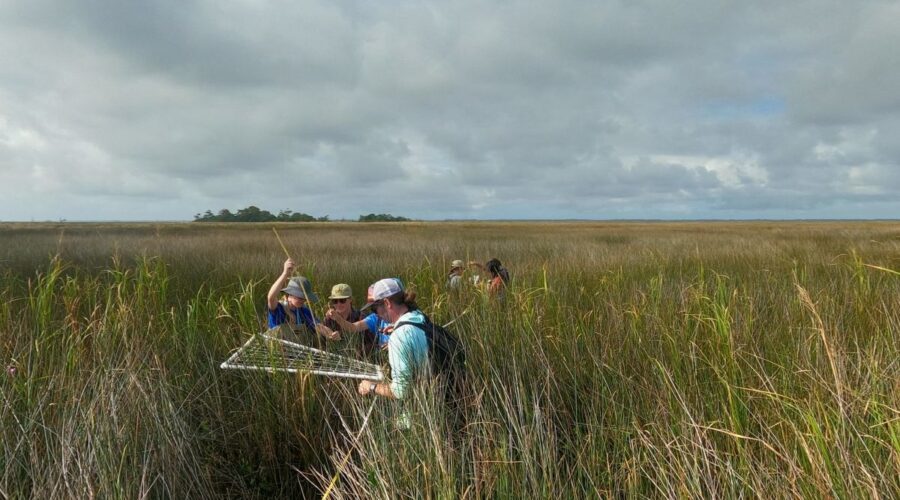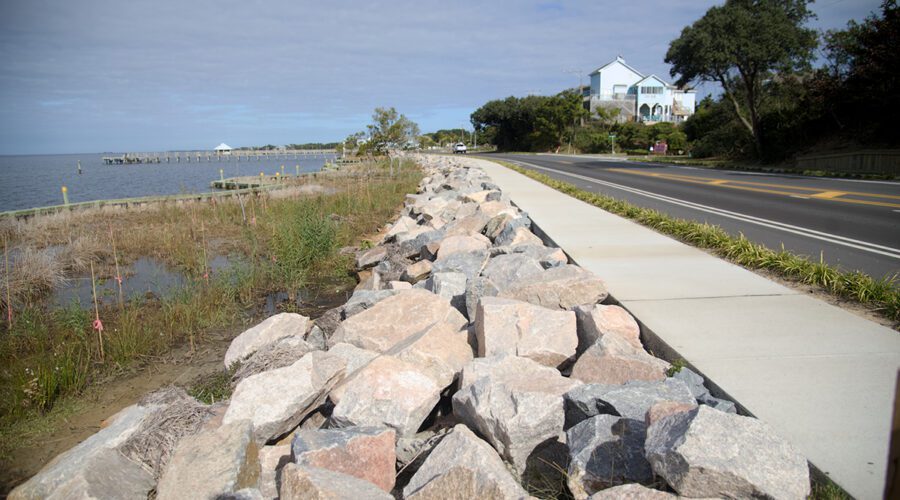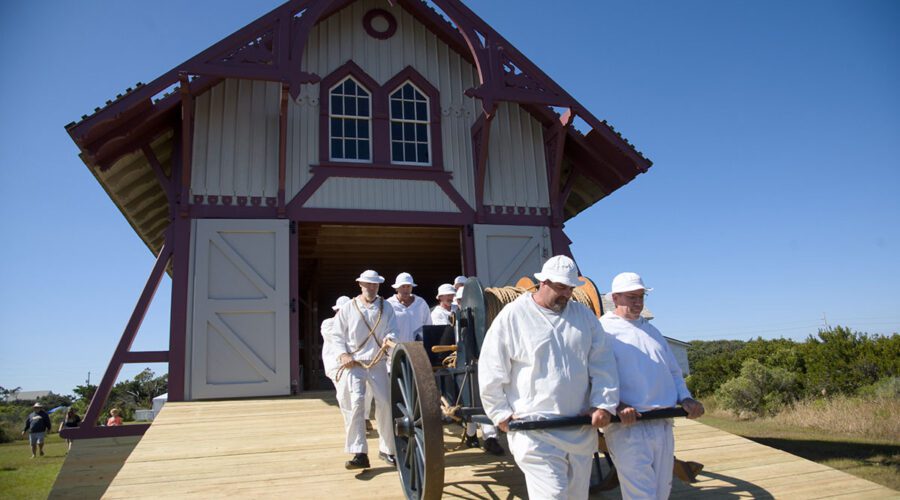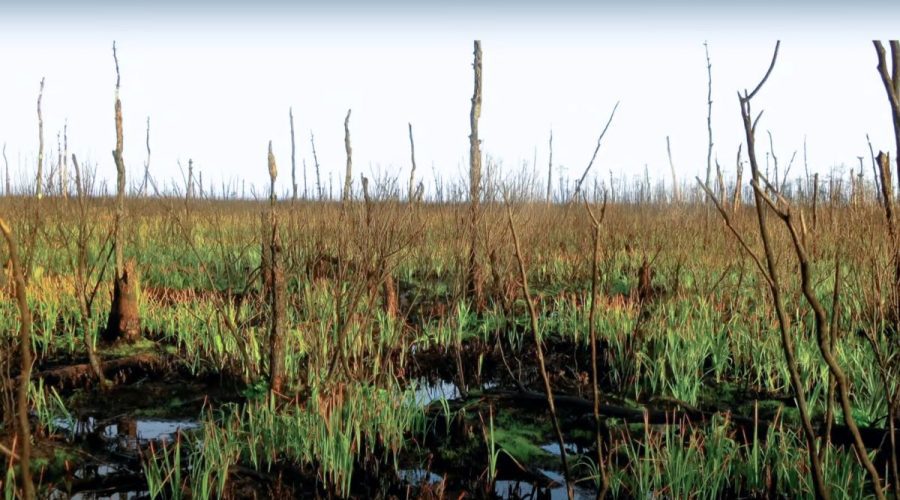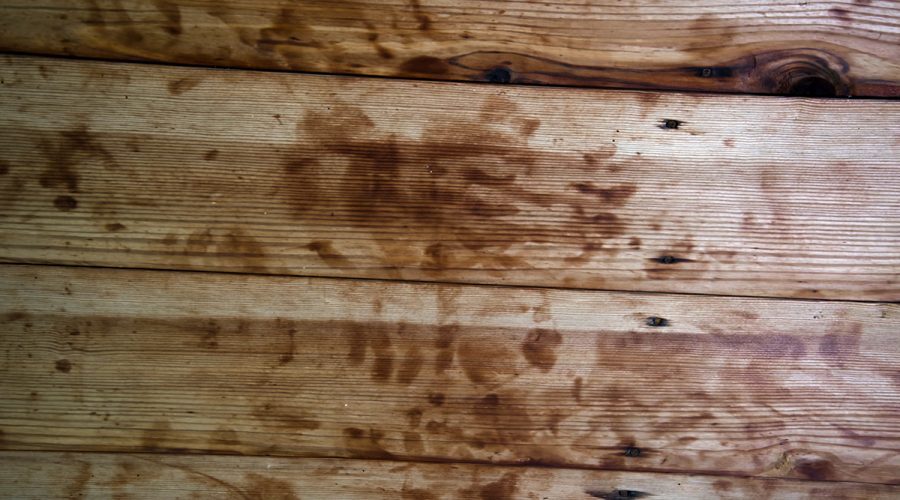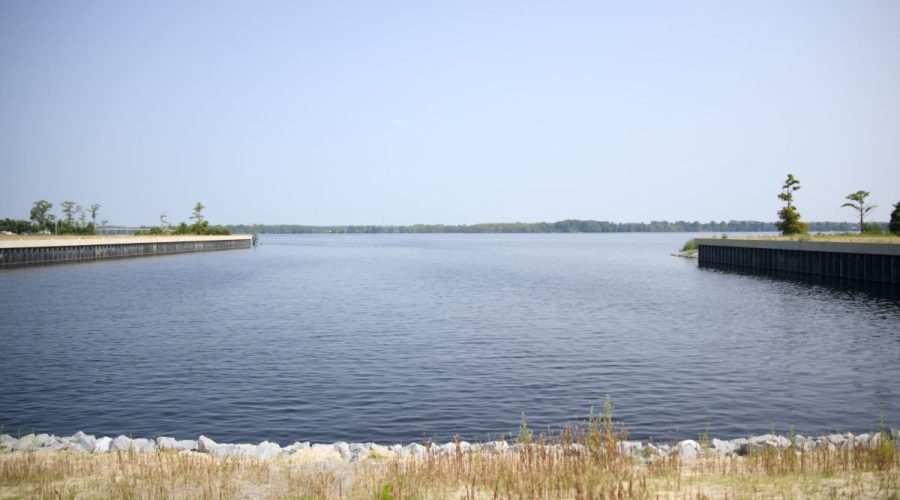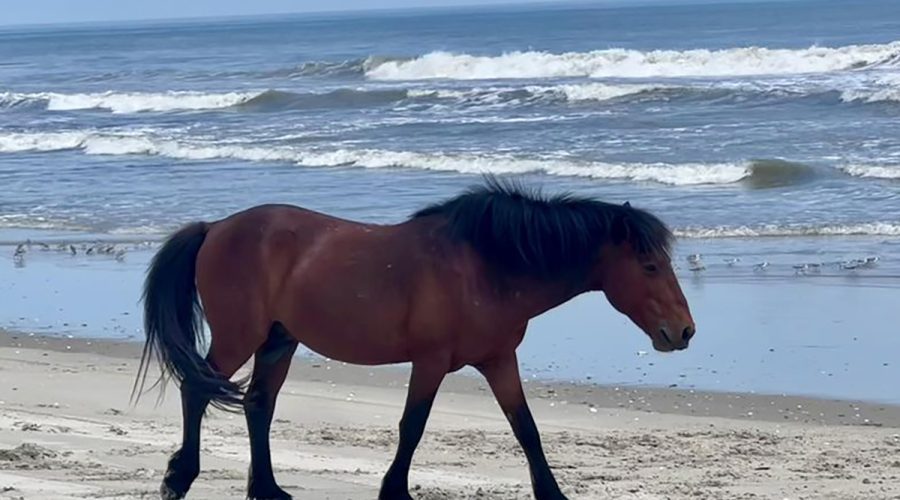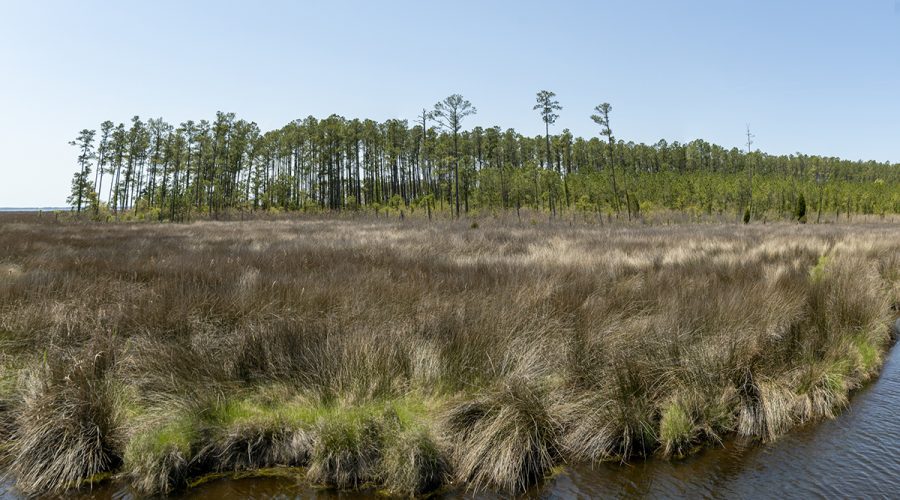Kip Tabb, an Outer Banks resident who reports for Coastal Review and other area publications, documents his walk along the Fort Raleigh National Historic Site’s Freedom Trail, which is lined with interpretive signs that illustrate the history of the Freedmen’s Colony of Roanoke Island.
Audubon sanctuary gets $3 million for work to save marsh
The National Fish and Wildlife Foundation awarded the money to the Donal C. O’Brien Sanctuary and Audubon Center at Pine Island in Currituck County “to fund innovative marsh restoration pilot projects.”
Just trying to blend in
An immature white ibis nearly blends into its surroundings as it forages just off a Bodie Island trail that ends at a series of creeks southwest of the lighthouse. Photo: Kip Tabb
Dare commissioners vow fight over Wanchese land price
Dare County commissioners, during a special meeting Wednesday, agreed to again attempt to negotiate a deal with the developer of a controversial high-density residential development in Wanchese, but also didn’t rule out condemnation as an option.
Controlled burns boost marsh island root systems: study
UNC undergraduate students found that areas that frequently undergo controlled burning have stronger root systems than those that are never or are occasionally burned.
Planning association awards Duck for its shoreline project
Duck, in Dare County, recently received national recognition for its work incorporating sustainability and resilience principles in flood prevention, habitat restoration and N.C. Highway 12 improvements along Currituck Sound.
Chicamacomico Life-Saving Station observes its 150th year
Photo essay: The crew’s heroic legacy was lauded during a recent program commemorating the 150th anniversary of the station opening October 1874 in Rodanthe.
Samantha Farquhar finds trust a must in fishing research
Studying the intersects of food security, industrial fisheries and climate change, the doctoral researcher has learned that no matter whether its Nepal, Madagascar, Greenland or Wanchese, building relationships is the first step.
Researcher tracks how species adapt to climate change
UNC’s Dr. Paul Taillie says that while there’s reason for concern about the environment, he does not share the anxiety others have, rather, “I tend to be very optimistic about things.”
Preserved Skinnersville church bears builders’ handprints
Rural Washington County is home to a restored 170-year-old house of worship on the National Register, and the nonprofit group formed to restore the structure likely built by enslaved people says it offers revealing glimpses into our past.
Perquimans answers longtime call to develop water access
The county last year completed a $7 million deep-water boat basin on the Perquimans River near Hertford, the first step in officials’ decades-long goal of developing the waterfront for commercial use.
‘Unimaginable’: Herd manager mourns horse hit by driver
Meg Puckett of the Corolla Wild Horse Fund said the recent death of Bullwinkle, a 10-year-old stallion struck on the beach by the driver of a side-by-side utility vehicle, affects the future of the herd.
Resident’s fight leads to balloon bans on 80 miles of beach
Debbie Swick of Southern Shores, who’s passionate about marine life, led an effort that has made it illegal to release balloons from Duck to Hatteras Village.
Researchers shed light on Native Tribes’ English encounter
A two-day program in Manteo last week brought together researchers who study the Indigenous people of the late 16th century in what is now northeastern North Carolina and their short-lived relationship with colonists.
Coastal Land Trust deal adds 3,000 acres to state game land
The parcel purchased earlier this spring is mainly marsh and is bordered by Spencer Bay, Germantown Bay and Rose Bay in Hyde County.
Southern Shores’ Flat Tops attract peak attendance for tour
Record numbers came out Saturday to tour the remaining few modest, single-story block homes that are a reminder of simpler times on the Outer Banks.


